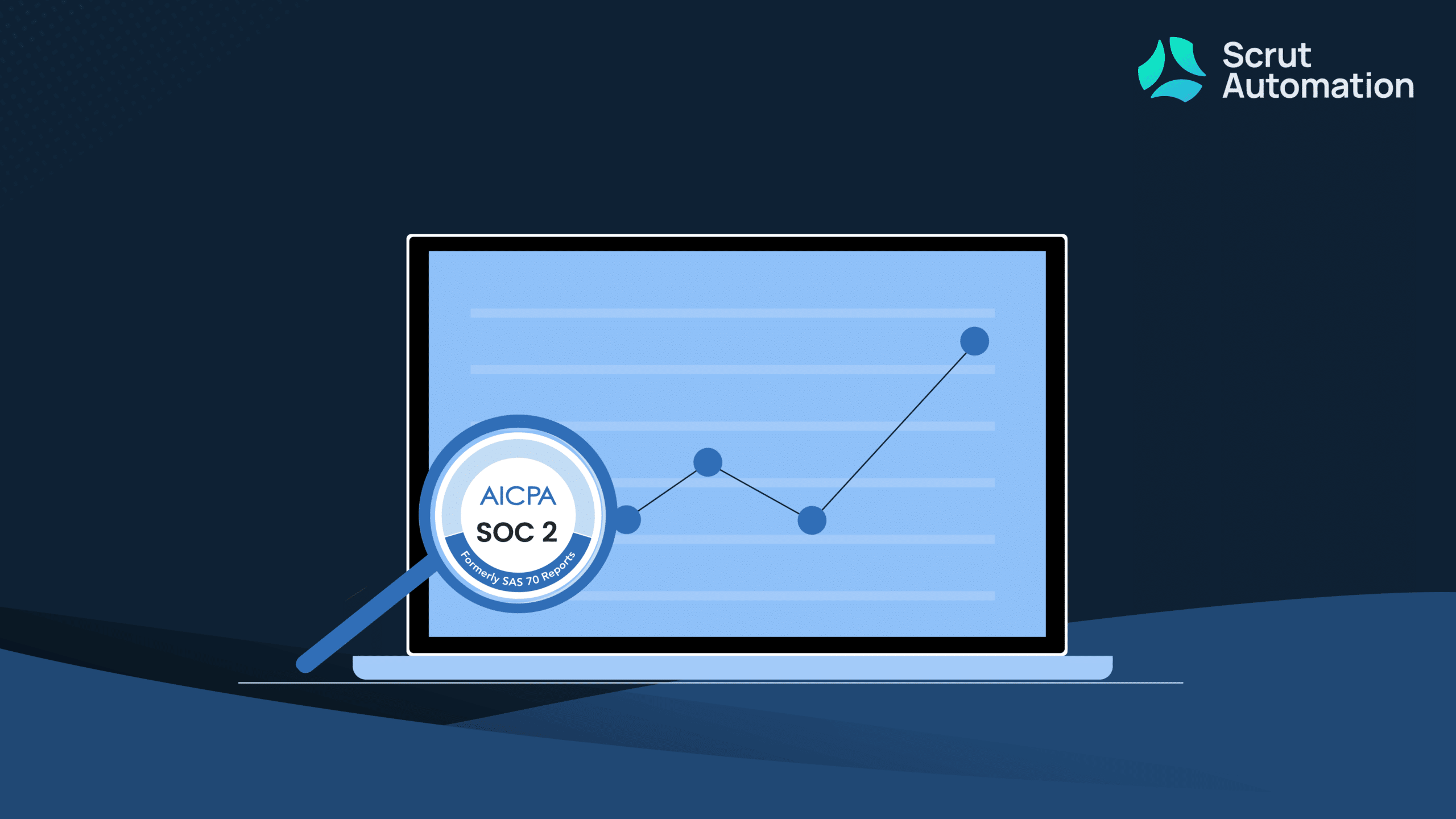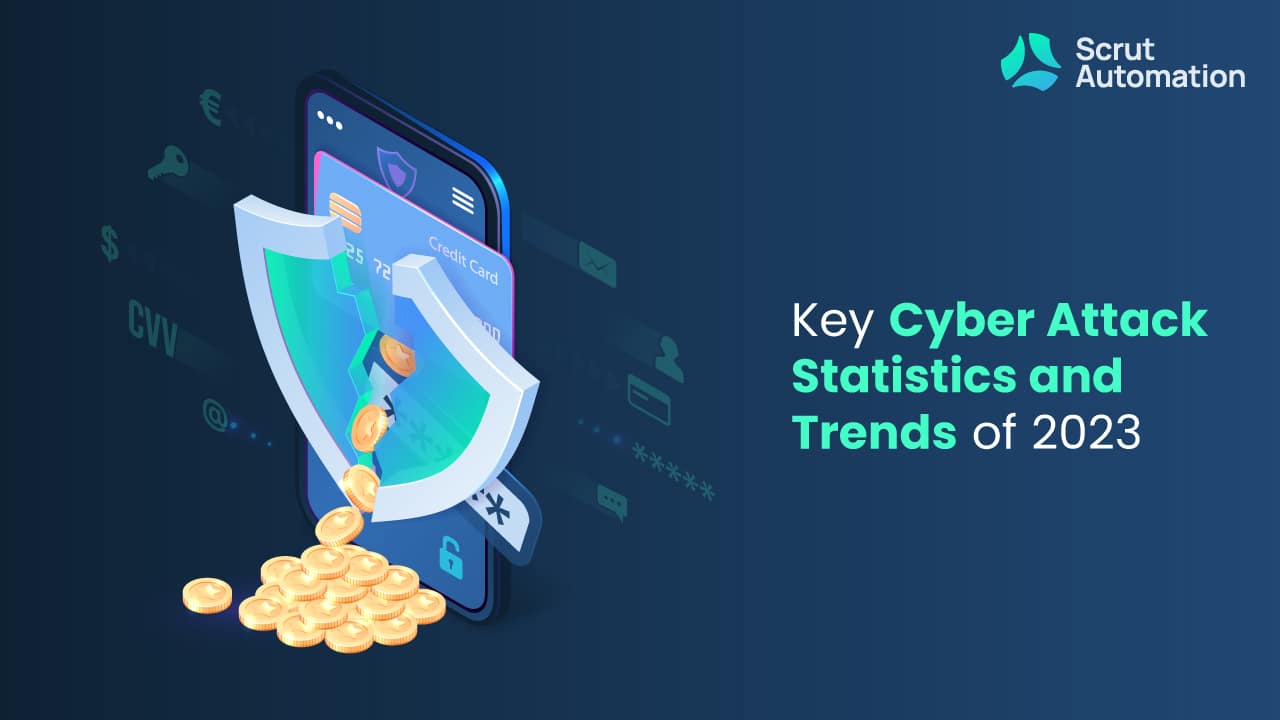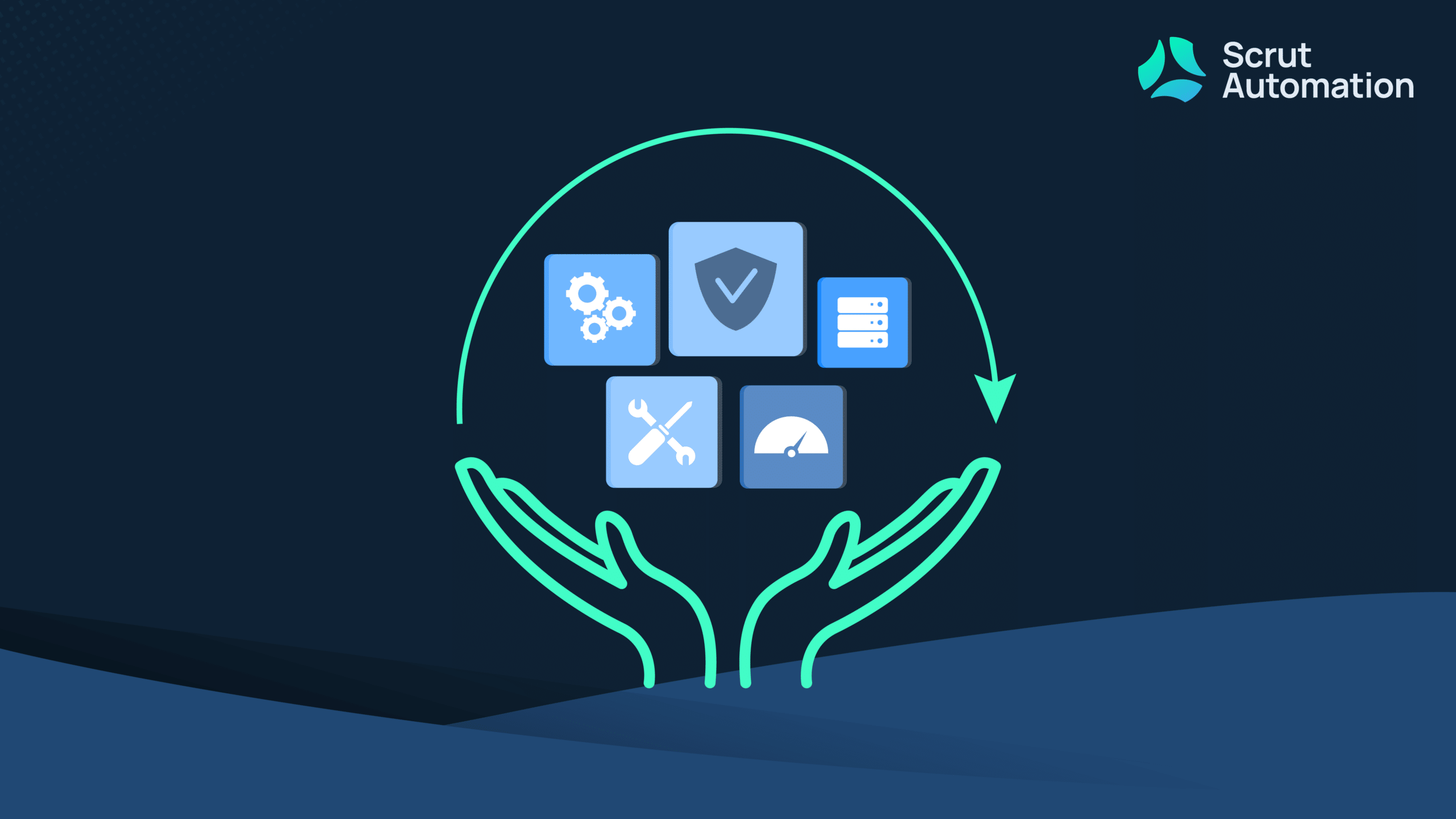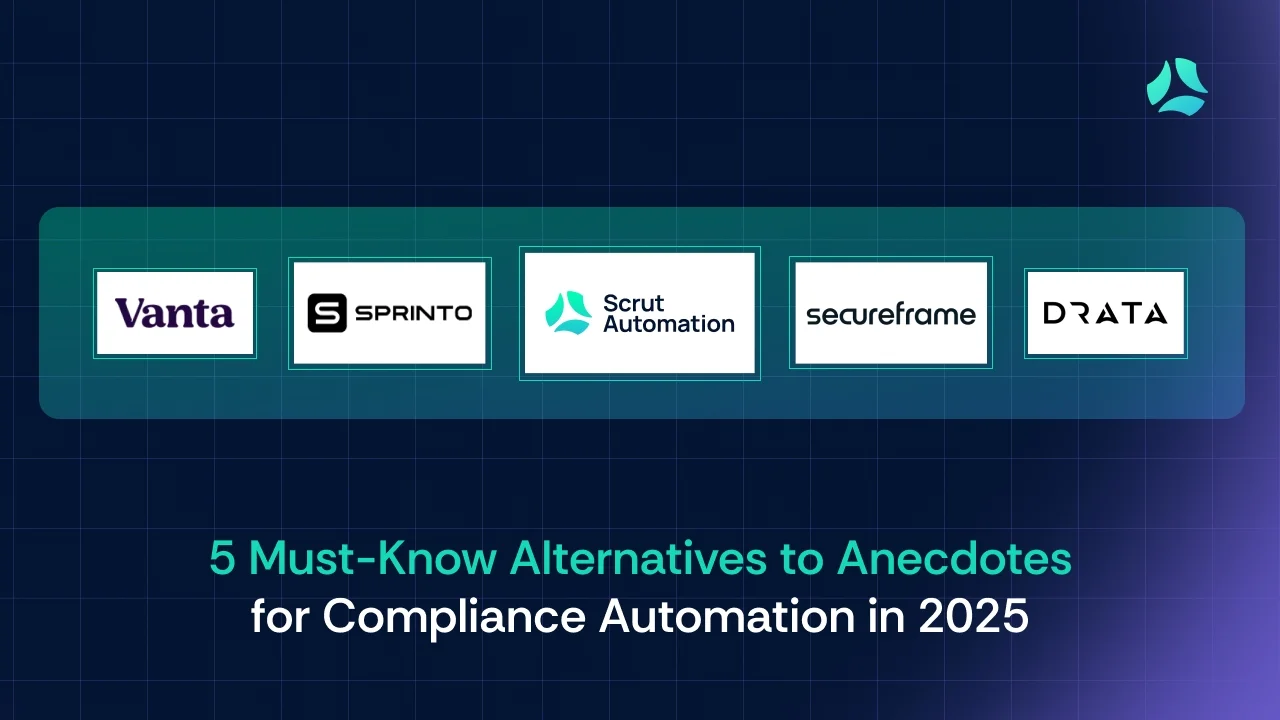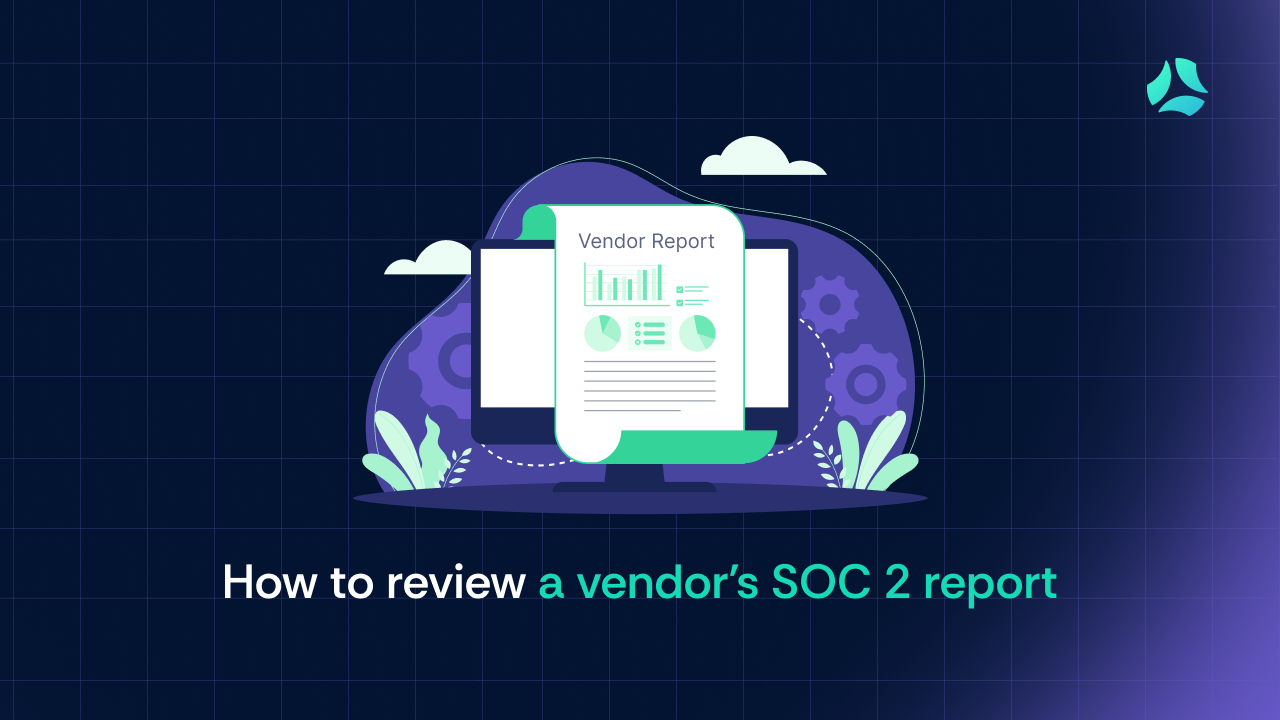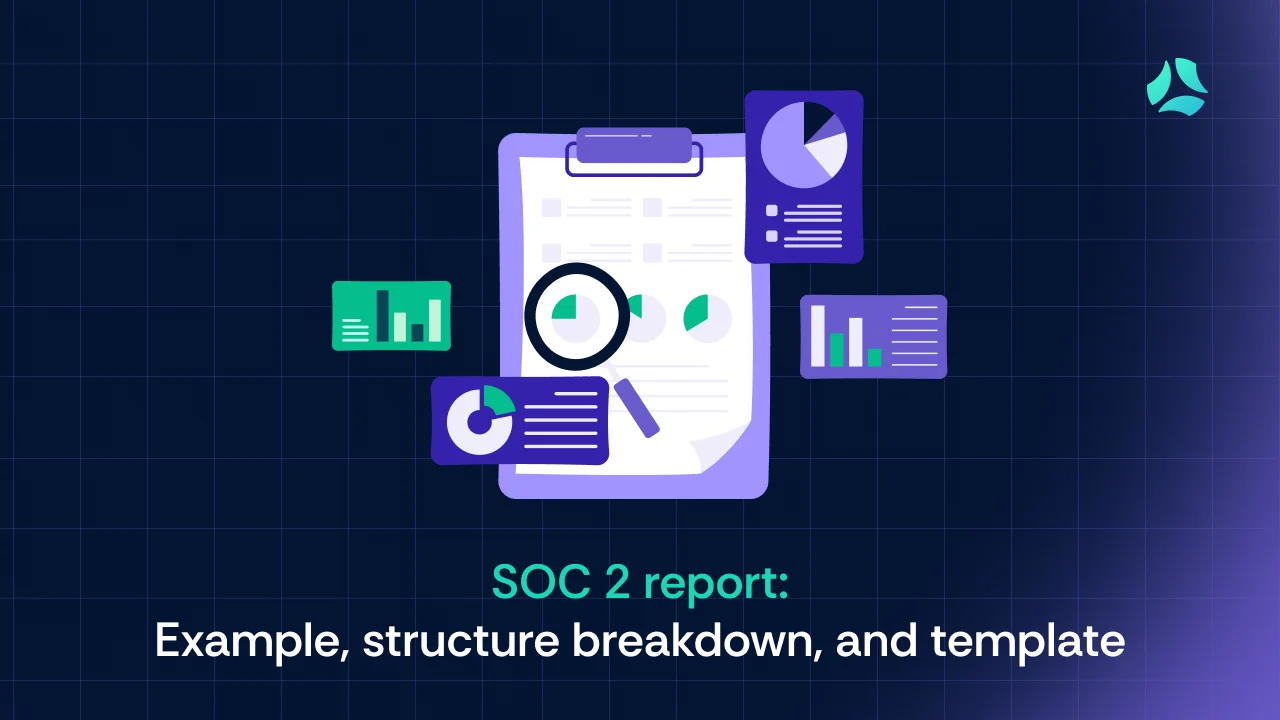The increase in the use of software technology is directly proportional to the unfortunate rise in data breaches. Data breach statistics show that hackers are motivated by money to acquire data, and personal information is a highly valued type of data to compromise. Thus, organizations choose to work with service providers that are secure and reliable. How do service providers prove their reliability? With the help of SOC reports. These reports allow service organizations to assure their customers that their data is being safely handled.
Before we dive into the benefits and importance of SOC reports, let’s first understand in detail what they are.
What are SOC reports?
SOC reports are designed by the American Institute of Certified Public Accountants (AICPA). These reports aim to help service organizations that provide services to other entities build trust and confidence. They prove that they have reliable controls and security services through a report performed by an independent CPA or Certified Public Accountant.
The SOC report is one of many compliance requirements for IT-related services provided to clients. Having a SOC compliance report can be a helpful marketing tool for organizations that want to reassure clients that they can be trusted. While it’s not required by law, large enterprises request potential vendors to provide a SOC report to prove that they can keep their data safe and secure.
There are three types of SOC reports: SOC 1, SOC 2, and SOC 3
A SOC 1 report is based on the SSAE 18 standard. It reports on the effectiveness of internal controls at a service organization relevant to the client’s internal control over financial reporting (ICFR).
A SOC 2 report evaluates internal controls, policies, and procedures that directly relate to the security of a system at a service organization. The SOC 2 report was designed based on 5 Trust Service Criteria: security, availability, processing integrity, confidentiality, and privacy.
Like SOC 2, the SOC 3 report has been developed based on AICPA’s 5 Trust Service Criteria. It is a public report of internal controls over security, availability, processing integrity, and confidentiality.
What is a SOC 1 report?
SOC 1 compliance secures a service organization’s interaction, transmission, or storage of users’ financial statements. A SOC 1 report helps management, investors, auditors, and customers evaluate internal controls over financial reporting within guidelines laid out by the AICPA.
SOC 1 report consists of two types: SOC 1 Type 1 and SOC 1 Type 2.
SOC 1 Type 1 audit evaluates an organization’s systems and produces a point-in-time assessment of the controls on a specific date. In comparison, a SOC 1 Type 2 audit covers the operating effectiveness of the controls over a particular period.
Benefits of SOC 1 report:
- It helps organizations to verify that they have appropriate controls to deliver high-quality services.
- It helps in identifying vulnerabilities in systems and provides remediation for the same.
- It evaluates the policies and procedures.
- It strengthens the infosec posture and minimizes the risk of data breaches.
- It builds trust between service providers and the organization.
- It strengthens the organization’s environment and ensures they adopt industry best practices.
What is a SOC 2 report?
SOC 2 audit ensures service providers securely manage customers’ data. It was developed by the American Institute of Certified Public Accountants (AICPA).
SOC 2 report consists of two types: SOC 2 Type 1 and SOC 2 Type 2.
A SOC 2 Type 1 report typically says if an organization’s system controls are correctly designed, whereas a SOC 2 Type 2 report says if those controls function as intended over a specific period.
SOC 2 reports differ from other information security standards and frameworks as it is based on the 5 Trust Service Criteria developed by the AICPA – security, availability, processing integrity, confidentiality, and privacy.
Benefits of SOC 2 report:
- It builds brand reputation – SOC 2 report is evidence that the organization has taken all necessary measures to prevent a data breach.
- It provides organizations an edge over others in the industry.
- It increases transparency and visibility for customers, thus unlocking infinite sales opportunities.
- It gives valuable insights into your organization’s risks like security posture, vendor management, internal controls, governance, and regulatory oversight.

What is a SOC 3 report?
Like SOC 2, SOC 3 reports on controls based on 5 Trust Service Criteria (TSC) – security, availability, processing integrity, confidentiality, and privacy. The only difference is that SOC 3 reports are written in a way intended for people with a general interest in the service organization without getting into the specific details.
SOC 3 reports can be distributed publicly, and audited companies can use them for marketing purposes.
Benefits of SOC 3 report:
- It proves that your business properly invests in security measures.
- It shows customers that you’re transparent about your practices.
- It outperforms competitors who haven’t had a third-party evaluation.
- It helps to build trust with both new and old clients.
- It is a positive report that demonstrates you have a professional team.
- It reassures customers that your prices won’t increase if there are new security threats.
Why does your company need SOC reports?
Let’s assume you are a service provider that offers payroll or medical claims processors, data center firms, loan services, and Software as a Service (SaaS) providers that may handle, store, process, or affect financial or sensitive data of their user entities or customers. In that case, SOC 2 report is a must for your organization.
How do I get started?
Getting SOC certification takes time and resources. We recommend you get in touch with a CPA firm or use an automation tool like Scrut to get started.
Scrut Automation is an innovative and radically simple governance, risk, and compliance automation platform for growing startups and mid-market enterprises. With Scrut, compliance teams can reduce ~70% of their manual effort in continuously maintaining compliance towards SOC 2, ISO 27001, GDPR, PCI DSS, HIPAA, and CCPA. Schedule your demo today to see how it works.

